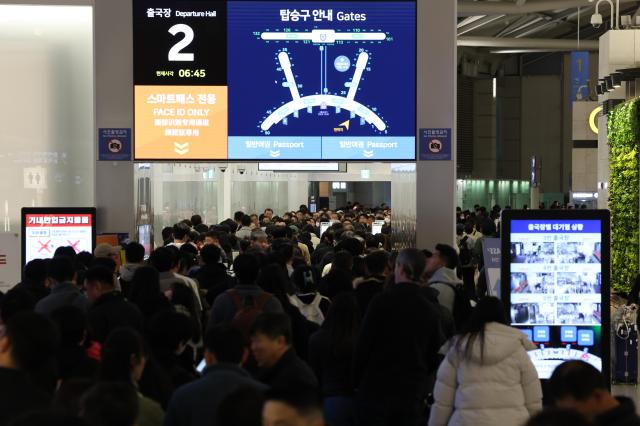
Korean Air is expanding its Incheon-Fuzhou route from three to four times weekly, bringing its China operations to 90 percent of 2019 levels with 195 weekly flights, while also launching a new twice-weekly Incheon-Kobe route starting April 18. Asiana Airlines began daily flights from Incheon to Chongqing and Chengdu on March 30, increased Incheon-Dalian flights from seven to ten times weekly, and expanded service on several other Chinese routes including Changchun and Changsha.
Low-cost carriers are similarly expanding their presence in these markets. Jeju Air will resume operations on routes from Jeju to Xi'an and Hong Kong with two weekly flights each, while increasing its Incheon-Osaka service to 28 weekly flights and doubling Incheon-Matsuyama flights to 14 times weekly. T'way Air is launching new routes to Yanbian from Cheongju and Daegu starting April 21 to 22, with three weekly flights on each route.
Jin Air will begin exclusive service to Japan's Ishigaki Island from Incheon on April 3 with five weekly flights, while resuming daily operations on its Busan-Nagoya and Busan-Fukuoka routes. Air Busan is doubling service on its Busan-Yanbian route from three to six weekly flights and increasing Busan-Zhangjiajie flights from four to six times weekly, while restarting twice-weekly service between Busan and Xi'an.
Industry experts anticipate continued popularity for these destinations throughout the summer season due to their relatively low inflation and exchange rate burden. Last year, Japan accounted for 28.3 percent (25.14 million passengers) of international flight traffic, while China represented 15.5 percent (13.77 million passengers), ranking them first and second among individual countries. An industry official noted that "Travel demand to China is expected to continue with numerous affordable travel products emerging since the implementation of the visa-free policy for Koreans late last year," adding that Japanese travel demand remains stable despite the rising yen.
Copyright ⓒ Aju Press All rights reserved.

